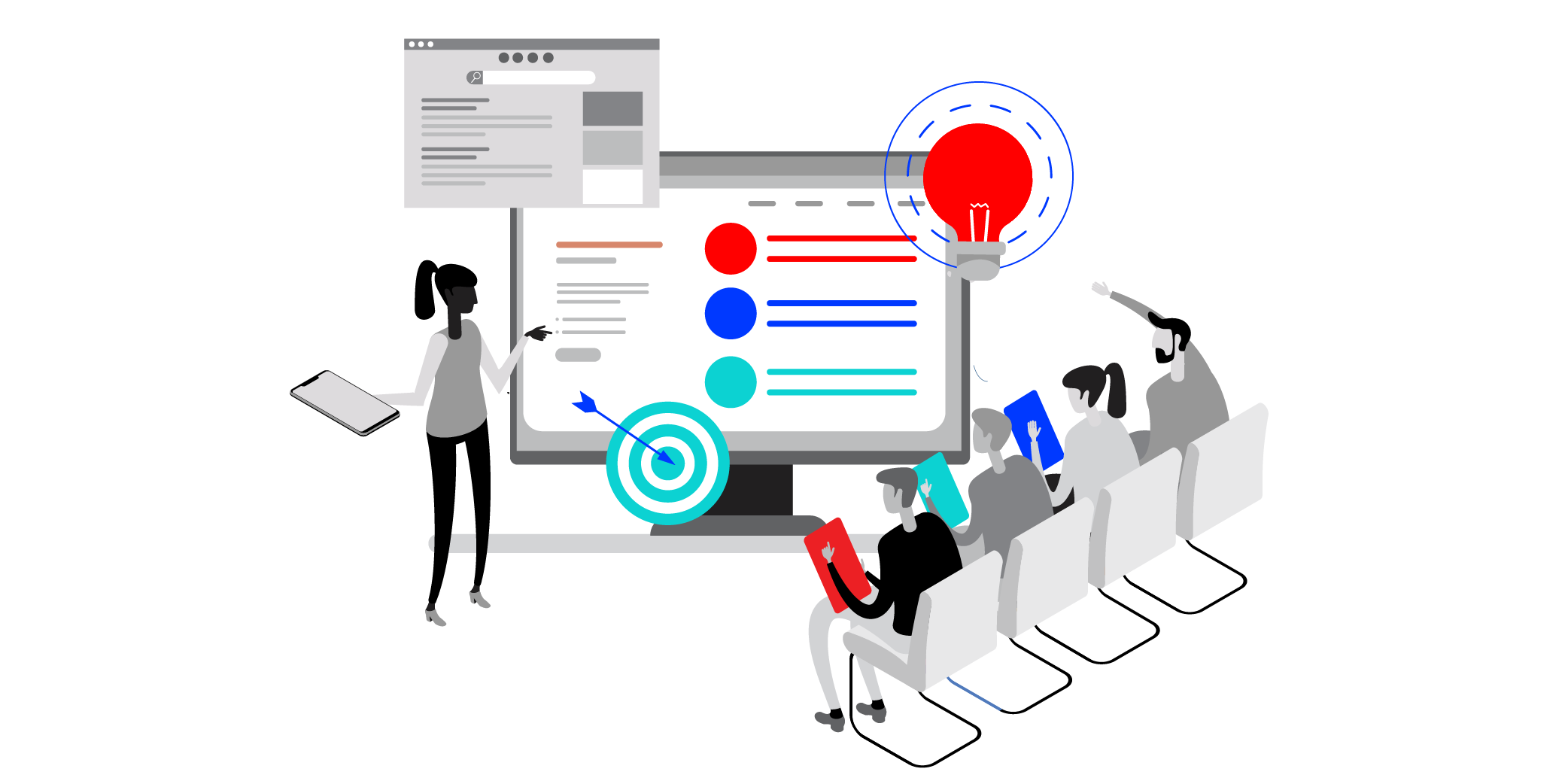- Trang Chủ
- >
- BCI Sales Tip #3: How to Practice Active Listening
BCI Sales Tip #3: How to Practice Active Listening

In this article, we will be focusing on how to practice active listening for better sales communication.
Have you ever asked a question and while your client is answering, you’re thinking of the next question you want to ask?
Active listening is a communication skill that goes beyond simply listening to another person speak. It involves trying to understand the meaning of what they are saying, noticing non-verbal cues, asking questions that encourage them to respond, and reflecting on what has been discussed.
Active listening is an important skill to have, especially in a sales environment where listening to understand rather than to respond is crucial. Not only does it ensure that your prospect feels heard and valued, but it also positions you as a trustworthy solution provider.
So, it’s one thing to have excellent communication skills, but how often do you actively listen? Keep reading for four tips on how to practice active listening.
4 Proven Techniques to Enhance Listening Abilities
-
Be present in the conversation
If you’re talking to someone in person, put your phone away or put it on silent. If you’re speaking on the phone, move away from your laptop or turn off the screen. The temptation to multi-task can be overwhelming, so don’t give yourself the chance to be distracted. After all, the point of actively listening is to build rapport with your client, so give them your complete attention. If you feel like you struggle to maintain focus, try taking notes while your client is talking so you can better keep track of the discussion.
-
Approach your client with a sense of curiosity
One of the many ways to be curious is to ask questions. Make sure that you ask open-ended questions that encourage your client to respond. A “yes” or “no” question won’t give you nearly as much information to work with as they often result in dead-end answers. You want the conversation to flow so that you can work to understand what your client needs and how your solution will benefit; integrating your product or service into the equation is the aim of the game, so learn as much as you can!
-
Be patient
Think back to the question at the beginning: have you ever asked a question and while your client is answering, you’re already thinking of the next question you want to ask? Give your prospect time to elaborate without interruption. If they begin to anticipate interruptions to their speech, they’re going to be less likely to continue the discussion in the first place. So, assume an “open” listening posture, nod to express your understanding, and tune into what your client is saying.
-
Take time to reflect on what you have heard
The last thing you want from a sales meeting is miscommunication. So, try repeating back or paraphrasing what your client has said to you; this gives you the best chance to ensure an accurate understanding of the conversation. You want to make sure you and your prospect are on the same page. Not only does this benefit you, but it makes the other person feel like they have been heard.
Active listening doesn’t just happen; it takes time and practice. So, give yourself the best chance to understand your client and their needs by learning how to practice active listening in your meeting. Once gained, it is a skill that will see your business relationships prosper.







